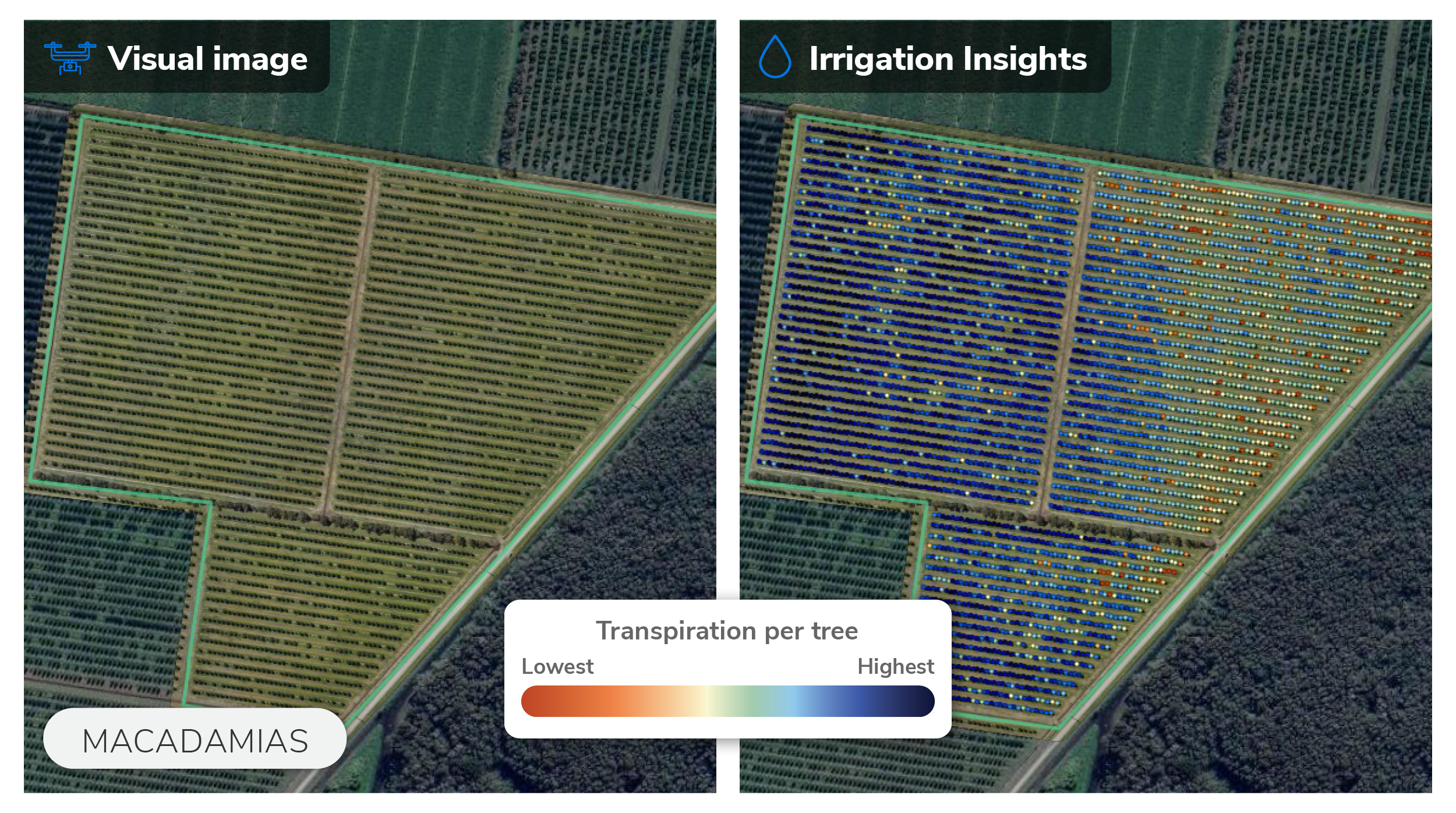Let us know what type of content you'd like to see more of. Fill out our three question survey.
Q&A: Drone Technology, Climate Adaptation, and Aerobotics—An Interview with Benji Meltzer
Apr 27, 2022
 Benji Meltzer is the co-founder and chief technology officer of Aerobotics, a South African ag-tech startup that uses artificial intelligence to support the world’s agriculture industry—specifically, farmers in managing their farms, trees, and fruits. We recently spoke with Benji on Aerobotics’ drone technology, the impact of digital tools in climate adaptation and mitigation, and more. This is an excerpt from that interview.
Benji Meltzer is the co-founder and chief technology officer of Aerobotics, a South African ag-tech startup that uses artificial intelligence to support the world’s agriculture industry—specifically, farmers in managing their farms, trees, and fruits. We recently spoke with Benji on Aerobotics’ drone technology, the impact of digital tools in climate adaptation and mitigation, and more. This is an excerpt from that interview.
Q: Could you tell us about Aerobotics and how you use drone technology?
A: “Aerobotics helps farmers—specifically fruit and nut growers—detect crop-related problems early and optimize performance. We primarily use aerial imagery as a source of data, mainly from drones, where we collect a range of visual and multispectral data to assess crop health and performance. This data is then analyzed through our proprietary algorithms. We generate predictive, automated insights that farmers can use to easily make decisions through a range of web and mobile applications.
“Aerobotics operates in 18 countries worldwide, helping stakeholders throughout the agricultural supply chain, from crop insurers to farmers themselves, improve decision-making.”

Aerobotics provides irrigation insights for fruit and nut growers. Photo: Aerobotics.
Climate change is having a significant impact on farming. Weather patterns are changing and, in some instances, becoming less predictable. At COP26, 45 governments pledged urgent action and investment to protect nature and shift to more sustainable farming methods. What role can technology play in climate adaptation and mitigation, and are there any success stories from your work that you could share with us?
“Farming itself is becoming a lot more challenging in the variable conditions we’re currently operating in, with climate change as a core component. As a result, the need to farm more precisely and efficiently is becoming more crucial. Our data allows this sort of [precise] approach, where each tree on the farm is analyzed to determine the exact focus and intervention needed. These interventions―for example, applying chemical corrective products―can now be used in a more prescriptive, localized manner to only target the trees that have problems, as opposed to the traditional approach of blanket applying products purely preventatively. This has a significant impact on reducing farming inputs and emissions.
“Another apparent factor related to climate change is water management in agriculture. Recently, we launched an irrigation product that uses thermal imagery to analyze the transpiration and irrigation-related stress of individual trees on the farm. This gives farmers a nearly real-time view of how effectively their crops are taking up water, if and where there are irrigation defects, such as blocked lines or leaks, and allows for more proactive decisions to be made on the farm.”
More recently, Aerobotics has been working with insurance companies to provide a more accurate risk assessment of crops. Could you tell us how this works and how it came about?
“Aerobotics’ core focus is to help growers improve their yields and protect their crops through early problem detection and intervention management. In developing these products, we found that we could quite accurately measure the performance of a crop at a point in time during production through data that traditionally doesn’t exist. This information is extremely valuable in quantifying risk from a farmers’ perspective and other stakeholders, for example, in the financial services space.
“Our crop insurance proposition is currently focused entirely on the U.S. markets—where we are working directly with approved insurance providers to help with inspections using our data. Traditionally this information is captured on the ground through crop assessors/adjustors manually walking through the field. We have effectively developed an approach to collecting the same data at scale remotely and objectively.”

Aerobotics use drones to collect a range of visual and multispectral data to assess crop health and performance. Photo: Aerobotics.
Based on your experience, do you think financial institutions should be more open to incorporating technology, such as drones, in their data gathering, for example, in climate risk screening?
“Based on our experience in the crop insurance space, gathering data for financial decisions can be highly subjective, manually intensive, and often not traceable since information can be captured in a form without any sort of proof or validation. Drones and other platforms for collecting data remotely/non-invasively offer much more scalable approaches to collecting this data. Historically, analyzing and handling the data load that comes from aerial imagery [as an example] hasn’t been possible, but advances in computation abilities like machine learning and resource availability [often through cloud providers] are quickly becoming commoditized.”